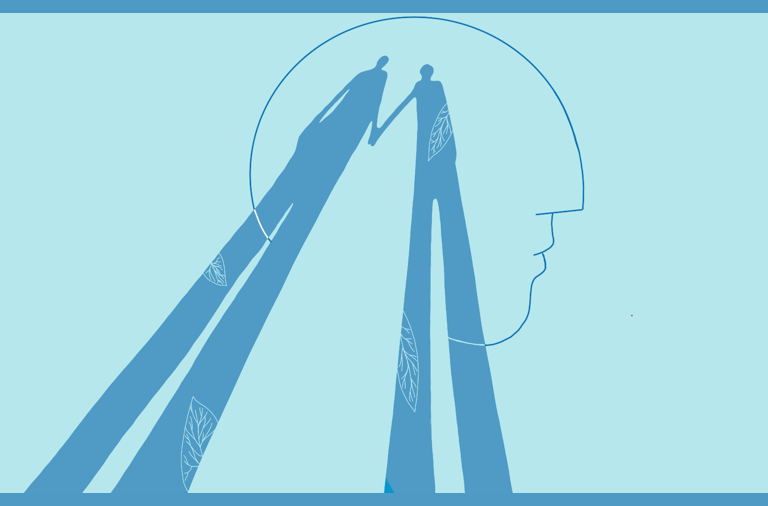During a local Transition event, we showed videos about the Occupy movement, which was followed by animated discussions. A contingent from Occupy San Jose came, and gave us reports of their on-the-ground experience.
Among them was a modest young man, John Patrick Absalon, who revealed that he was an artist-photographer. He does restaurant work to earn a living, but his passion is photography.

Recently when John Patrick was walking past Occupy San Jose on his way to work, he stopped to talk and got hooked. Since then, he’s been taking photos of Occupy events, traveling by bus and mass transit to other sites in the San Francisco Bay Area.
On this page, you can see some of the gorgeous photographs he has taken. There are more at his Flickr page, though he has many more that he has not posted.
John Patrick says that he sells prints of his work and takes fine portraits. His business email is [email protected] [NOTE: the Yahoo address given previously was incorrect].

I asked John Patrick to give some of his background, and the text below is what he wrote.
-BA
I’m John Patrick Absalon, I’ve spent more than half of my life living in the Philippines. The first time I became curious about photography was when I was still a small child. I often would watch my father cleaning his camera and lenses, but he never actually taught me or mentioned anything regarding photography, I just saw some photos.
It was when I was about 6 or 7 when one of my uncles showed me the mechanics on how to use the camera. If I can remember it correctly it was an old Nikon camera. We would often drive around the provinces and make several stops just to take a couple of photos along the way and then move on. During those times, my uncle would often tell me to hold a “light meter” at some place, then he would try to explain to me how it indicated what the correct settings of the camera should be, e.g. shutter speeds, aperture, focal lengths, etc.
I was always excited to see what the photos might look like once the film rolls were processed and developed. Often he would buy ice cream. After dinner we would gather around his family’s living room and have a little slide show with the photos we took during the last week, or two. I was astounded by the images that I saw during those times — birds that seemed to stop flying in midair, cars that seem to halt during rush hour, people with emotions on their faces that were frozen in time. I was really fascinated by the way the camera enabled you to take a slice out of a particular moment, and preserve it as it was.
When I got older (elementary days), I had a box-type point-and-shoot film camera. I often took it out with me during events at school, family gatherings and so forth. I was frustrated because I couldn’t get the background blur that I want because the camera had a fixed lens. Eventually I put the camera aside because film was expensive, and developing/processing of the film rolls was costly. At that time, I only was given 30php (less than $1) for my allowance, so I figured, why not be a kid for now?
In 2001, a year after the infamous Y2K, began invading Philippine households due to western influences: laptops, video game consoles, fancy mobile phones (well, not really fancy by today’s standards) and flat screen TVs.
This was the time when digital cameras were in their early stages. In high school I got a crude digital camera, a Kodak . It had 1megapixel resolution, no zoom, no fancy features. Back then, it was a big deal for me because I didn’t have to buy film. I was still frustrated because I wasn’t getting the crisp image that you could get from a film SLR, like the one that my uncle and I used before.

I would use my Kodak digital camera so much that it would have low power by the end of the day. The camera had no zoom so I had to walk towards the thing that I wanted to photograph. It didn’t have auto-focus, so I couldn’t be too close to my subject, or I would end up with a blurred image
I was still frustrated because no matter how I took a photo, it still ended up being pale. It didn’t have that “umff” kick to it. Then I heard from one of my friends that there was a computer program that you could use to make digital pictures. I surfed the internet and stumbled upon Photoshop CS. I didn’t know how to use it at first, but then I started to ask people who were into digital arts, and the rest was history. I was starting to get the effects that I wanted on my photos.
The program was still in its very early stages though — really early stages. After a couple of years, I started to get bored looking at my pixelated images when I compared it with my cousin’s photos. I often asked my cousin if I could use his equipment because during that time, he had more high-end photographic equipment than I had.
In 2008 I was able to get my own mid-low level photographic equipment, which enabled me to get images that were closer to what I wanted.
 I joined PaPhoC, a local camera club back in my hometown in the Philippines, and
I joined PaPhoC, a local camera club back in my hometown in the Philippines, and
met a lot of people who seemed to be masters of photography right. Members of the group vastly broadened my knowledge about the world of photography. They shared tips and tricks which I incorporated into my style.
It was early 2010 when I started to treat photography as a fine art rather than just a hobby. I focused on street photography because I felt it be more challenging than the other branches of photography. I often try to combine street photography and fine portraiture with a touch of an eerie documentary feel to it. I believe I’m NOT quite there yet. I believe that I still have a very long way to go. The photographers who have influenced me the most are Henri Cartier-Bresson, Diane Arbus, Robert Capa, and of course, Manuel Libres Librodo.





